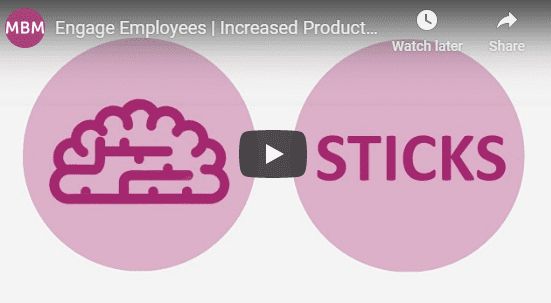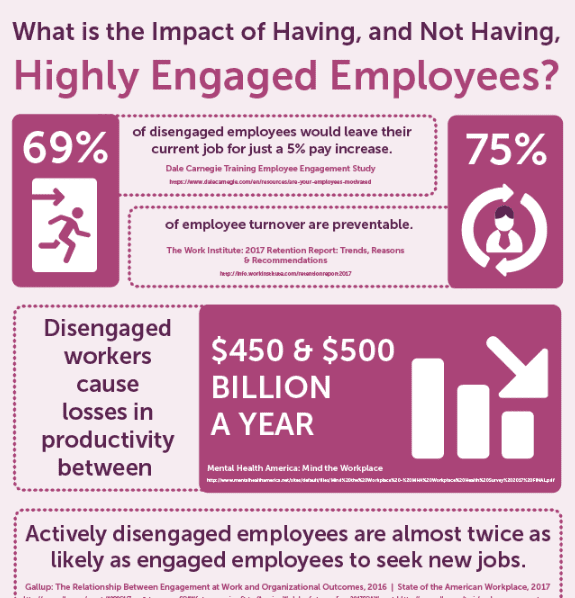Engage People for Higher Profits
Studies and research lend support to the simple fact that happier employees increase productivity. This, in turn, helps drive higher profits. Below, are just a few examples of productive people strategies:
Gallup:
A Gallup study reports that 50.8% of the workforce in the US were ‘not engaged’. Furthermore, another 17.2% were ‘actively disengaged’. Consequently, these employees, while not hostile, did the bare minimum. Clearly, they made little effort to go the extra mile. Moreover, they were more likely to miss work and resign.
Lack of employee engagement is a global issue. In 2016, Gallup published a report on how Germany is negatively affected by disengaged employees. 84% of employees in the country were considered to be ‘disengaged’ or ‘actively disengaged’. Thus, this resulted in an estimated loss of €75 billion to €99 billion annually from lost productivity.
The Human Capital Institute:
The Human Capital Institute reported the following data relating to employee engagement:
- Fully engaged employees return 120% of their salary in value.
- Engaged employees return 100% of their salary in value.
- Somewhat disengaged employees return 80% of their salary in value.
- Disengaged employees return 60% of their salary in value.
This infographic summarises findings on the impact of engaged and disengaged employees (press image to view in full) :






